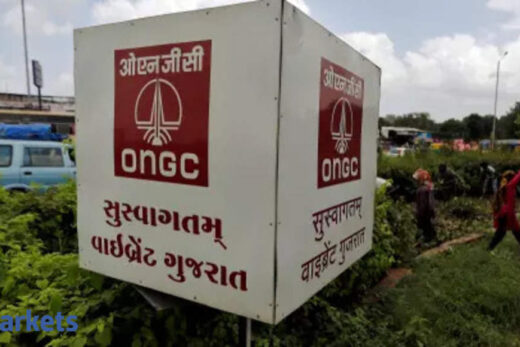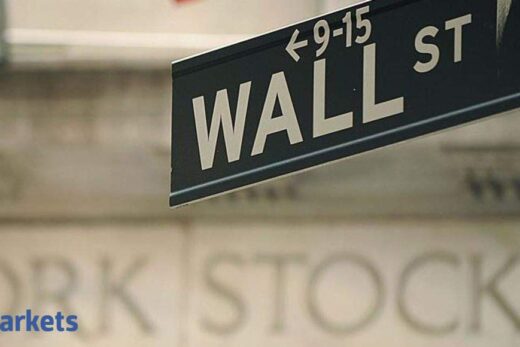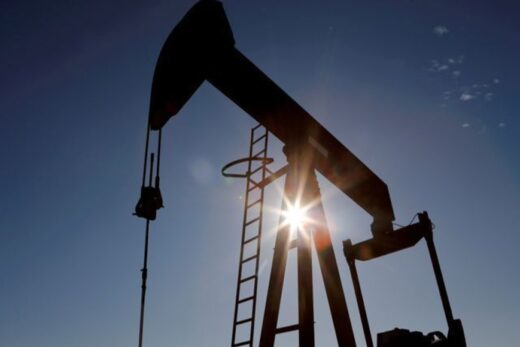“You could see spikes to even higher than $100 a barrel, even $130, and you could also see it go down to $35 a barrel for periods of time going forward,” William Reed II, CEO of Castleton, told the FT Global Commodities Summit. “The question is what happens first. Peak demand or peak investment?”
His comments echo those of European rivals who see a return to $100 per barrel oil as a real possibility. Oil has not been above $100 or even $90 a barrel since a sharp downturn in 2014 when the rise of US shale oil convulsed global markets.
Reed said an immediate decarbonisation of the world was risky and not possible. He sees Castleton continuing to focus on natural gas and power markets as demand for these will rise with the energy transition. Picking new investments has become more of a challenge in terms of making sure they meet the returns hurdle and do not become stranded in the transition.
Reed sees a longer term role for natural gas for heating and electrification, adding that Castleton was looking to reduce the carbon footprint of its natural gas with investments in hydrogen and a carbon capture pipeline.
He said the oil price rebound was not linked to a broader super cycle as it moves around the $70 a barrel mark.
Metals like copper and aluminium recently hit multi-year highs and new infrastructure needs to meet power demands in the energy transition are set to spur even higher prices.
“You’re seeing a recovery from COVID … These (oil) prices of $60 or $70 (a barrel) are not that shocking. We’ve been in that neighbourhood for quite a while, that’s quite middle of the road,” he said.
He expects demand to be largely back to pre-COVID levels by the end of this year, depending on the oil product, the risk of COVID variants and emerging market access to vaccines.



